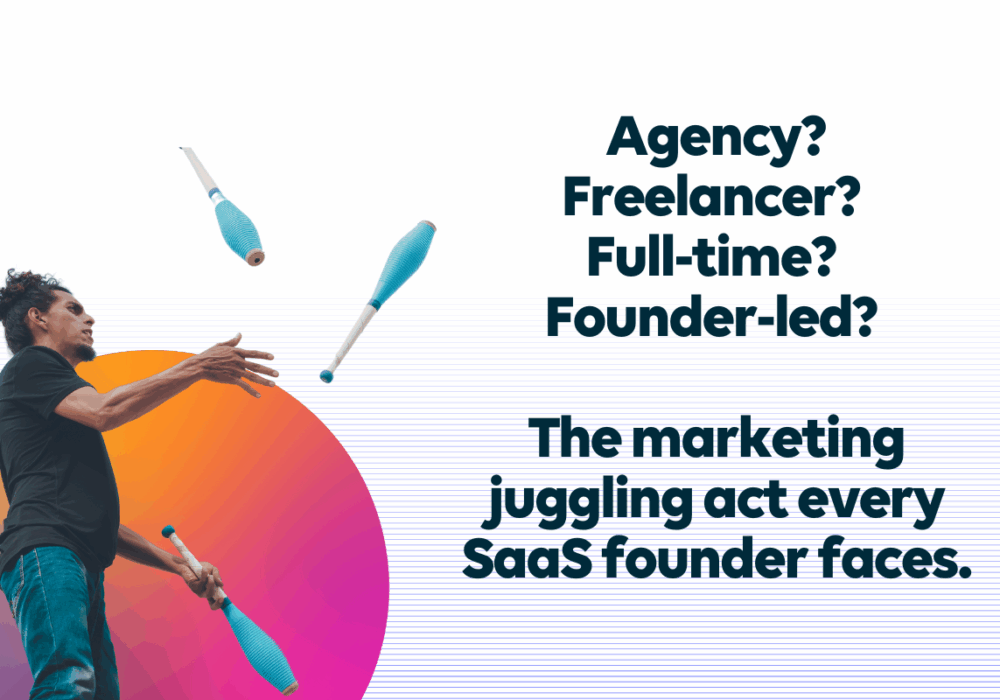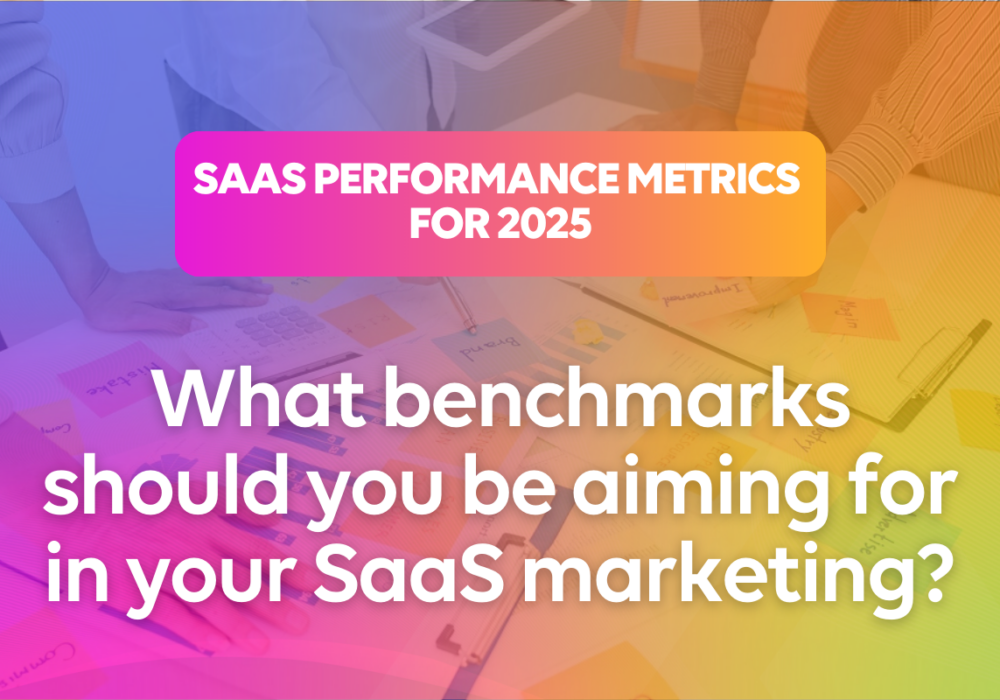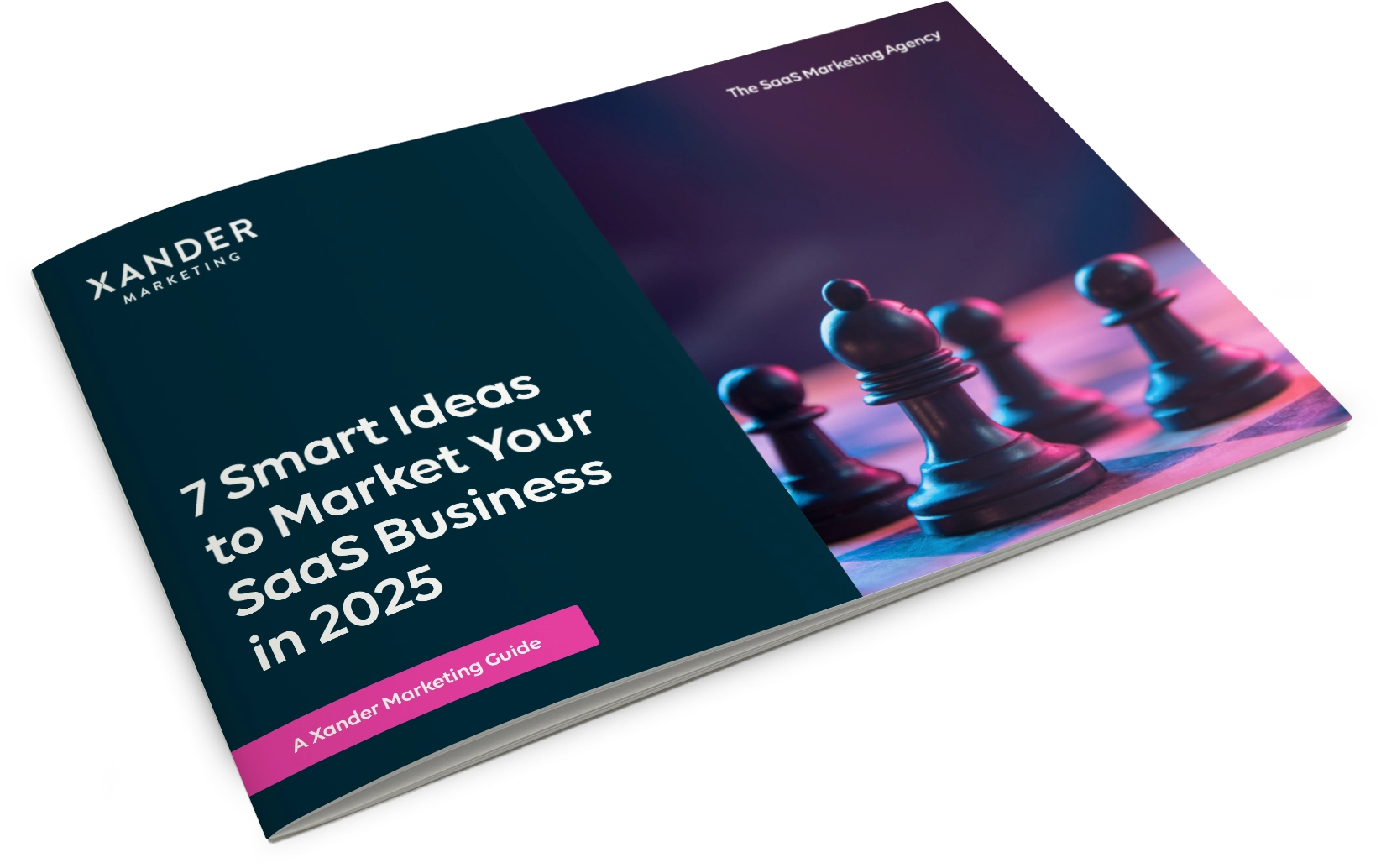When Anyone Can Build, Marketing Is Everything
5th June 2025

TL;DR: AI has democratised product creation, making it easier than ever to build SaaS products. But here’s the catch: when everyone can build, nobody wins on features alone. The new competitive battleground? Marketing, brand, and distribution. If you’re still thinking like a builder first and marketer second, you’re already behind.
The Great Levelling: AI Has Flattened the Product Curve
We’re witnessing something unprecedented in the history of software development. Tools like Claude, Cursor, Lovable, and Bolt are turning non-developers into product creators overnight. What once required months of coding, multiple team members, and significant technical expertise can now be accomplished in days by a single founder with the right prompts.
The current reality is that a marketing manager with no coding background can now use AI tools to build and launch a fully functional SaaS in days or weeks through AI-assisted development.
This isn’t theoretical anymore.
The barrier to entry for SaaS creation has collapsed. The technical moat that once protected software businesses is rapidly disappearing, and with it, the traditional competitive advantages that founders have relied upon.
But here’s the question every founder should be asking: if anyone can build what you’ve built, what’s stopping them from doing it better – or at least marketing it better?
Getting Found in the Noise
When product creation was the bottleneck, founders could rely on superior functionality to win market share. Those days are over. Today’s challenge isn’t building something that works – it’s building something that gets noticed, understood, and chosen by your target market.
The numbers tell the story. There are thousands of SaaS companies globally, with new products launching every day. Your brilliant solution isn’t competing against poor alternatives anymore; it’s competing against dozens of capable products that solve the same problem in slightly different ways.
In this environment, the best product doesn’t automatically win. The best-positioned product wins. The one with the clearest messaging, strongest brand recognition, and most effective distribution strategy.
This shift represents a fundamental change in how SaaS businesses should approach their go-to-market strategy. Instead of spending 80% of your time perfecting features and 20% on marketing, successful founders are inverting that ratio, or at least achieving a better balance from day one.
Brand as Your New Moat
When product differentiation becomes difficult, brand differentiation becomes essential. Your brand isn’t just your logo and colour scheme; it’s your market position, your voice, your values, and the emotional connection you create with customers.
Look at successful SaaS companies that launched in crowded markets. Slack didn’t win the team messaging space because it had superior technical features. It won because it positioned itself as a catalyst for better workplace culture, with playful copy and a distinctive personality that made work feel more human.
Similarly, Notion didn’t succeed in the productivity space because it was technically superior to established players like Evernote or OneNote. It succeeded because it built a brand around empowerment and customisation, attracting users who wanted to feel like power users rather than passive consumers.
Your brand becomes your defence against commoditisation. When prospects can’t easily distinguish between products on features alone, they choose based on brand affinity, trust, and perceived alignment with their values.
For SaaS founders, this means investing in brand development isn’t a nice-to-have; it’s a competitive necessity. Consider:
- Your unique point of view: What perspective do you bring to your market that others don’t?
- Your brand voice: How do you communicate differently from competitors?
- Your visual identity: Do you stand out in a sea of similar-looking SaaS websites?
- Your founder story: What personal narrative drives your mission?
The most successful founders understand that building their personal brand alongside their product brand creates multiple touchpoints for market engagement. They’re not just building in public, they’re building their authority, credibility, and audience simultaneously.
Distribution: The Ultimate Competitive Advantage
If AI has made product creation easier and brand development more critical, distribution has become the ultimate differentiator. Your ability to reach, engage, and convert your target audience determines your success more than any feature set.
The harsh reality is that many SaaS founders approach distribution backwards. They build the product first, then figure out how to find customers. By contrast, successful founders increasingly start with distribution, building an audience, understanding their needs intimately, and then creating products that serve that audience.
Consider the founder who spent six months building a following on LinkedIn by sharing insights about customer service challenges, then launched a customer support SaaS to an engaged audience of 10,000 followers. Or the team that created a popular newsletter about remote work trends, then developed productivity tools specifically for their subscriber base.
These aren’t exceptions, they’re becoming the norm for sustainable SaaS success.
Effective distribution requires a multi-channel approach:
Owned Channels: Email, social media, content, and communities you control provide direct access to your audience without platform dependency.
Earned Channels: SEO rankings, PR coverage, user-generated content, and word-of-mouth recommendations build credibility and expand reach organically.
Paid Channels: Targeted advertising, sponsored content, and partnership deals accelerate growth when organic channels need supplementation.
The key insight is that distribution isn’t something you layer on top of a finished product; it’s something you build alongside your product from the earliest stages.
What This Means for SaaS Founders
This shift from product-centric to market-centric competition requires a fundamental mindset change. Here’s what successful founders are doing differently:
Starting with audience, not features: Before writing a single line of code, they’re identifying underserved communities, engaging with potential customers, and building relationships that will translate into early adoption.
Thinking like marketers from day one: They’re not relegating marketing to a post-launch activity. Instead, they’re integrating marketing thinking into product development, ensuring every feature decision considers its marketability and communication potential.
Investing in brand early: Rather than treating brand development as a luxury for later-stage companies, they’re establishing distinctive positioning and voice from the beginning, even if it’s just through social media presence and early content creation.
Building distribution systems, not just products: They understand that sustainable growth requires systematic approaches to customer acquisition, retention, and advocacy, not just hope-based marketing.
Embracing the founder-as-marketer role: Instead of hiding behind their products, they’re putting themselves forward as thought leaders, problem-solvers, and community builders in their respective markets.
This doesn’t mean product quality becomes irrelevant. It means product quality becomes table stakes, the minimum requirement for consideration, rather than the primary differentiator.
The Strategic Implications
For SaaS founders operating in this new reality, several strategic principles emerge:
Speed to market beats perfection: When AI can help competitors replicate features quickly, getting to market with a minimum viable product and strong positioning often beats waiting to build the perfect solution.
Community beats features: Fostering a community of engaged users provides a sustainable competitive advantage that’s harder to replicate than any feature set.
Consistency beats brilliance: Regular, valuable communication with your market builds trust and recall more effectively than sporadic attempts at viral content.
Positioning beats pricing: Clear, compelling positioning enables you to command premium pricing and attract ideal customers, whereas competing solely on price leads to a race to the bottom.
The Uncomfortable Truth
Here’s the question that should keep you awake at night: If someone cloned your product tomorrow with identical features but superior marketing, would you survive?
If the answer gives you pause, you’re not alone. Most technical founders underestimate the marketing challenge because they’ve been conditioned to believe that superior products naturally find their market. In an AI-accelerated world, that assumption is increasingly dangerous.
The good news is that marketing and brand building, like product development, can be learned and systematised. The founders who recognise this shift early and adapt their approach accordingly will build the breakout SaaS companies of the next decade.
Your Next Move
The democratisation of product creation isn’t slowing down, it’s accelerating. The question isn’t whether this trend will affect your market; it’s how quickly you’ll adapt your strategy to thrive within it.
Start by auditing your current approach: How much time and energy are you investing in product development versus market development? Are you building an audience alongside your product, or hoping to find one after launch? Can you articulate your brand positioning in a way that clearly differentiates you from AI-generated competitors?
The SaaS founders who succeed won’t be the ones who build the most sophisticated products – they’ll be the ones who build the most engaged communities, the most distinctive brands, and the most effective distribution systems.
In a world where anyone can build, marketing truly is everything. The question is: Are you ready to make it your competitive advantage?
Get in touch
Ready to build a marketing strategy that stands out in an AI-driven world? Xander Marketing specialises in helping SaaS founders create distinctive brands and distribution systems that drive sustainable growth. Contact us for a free consultation and discover how to make marketing your ultimate competitive moat.





